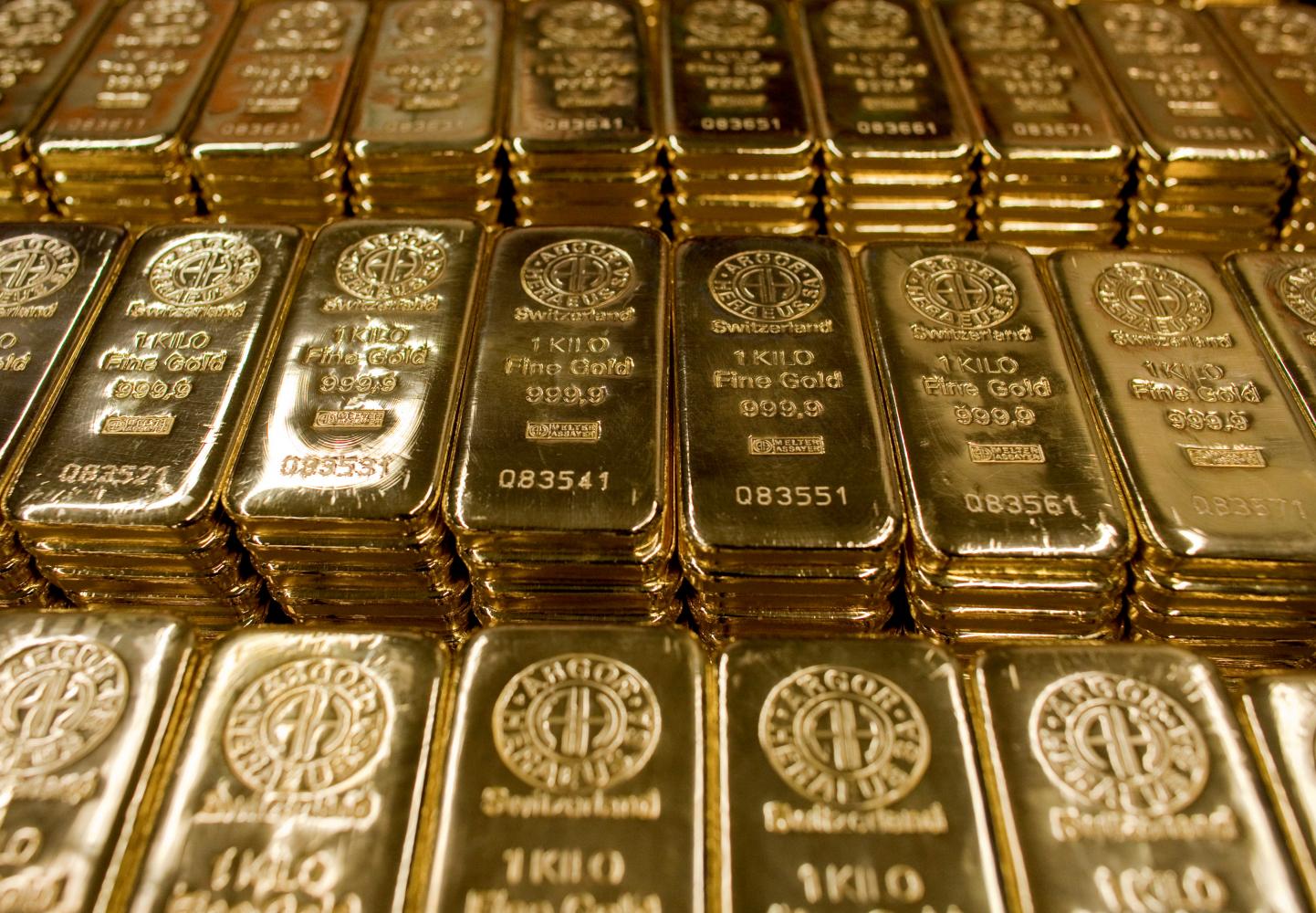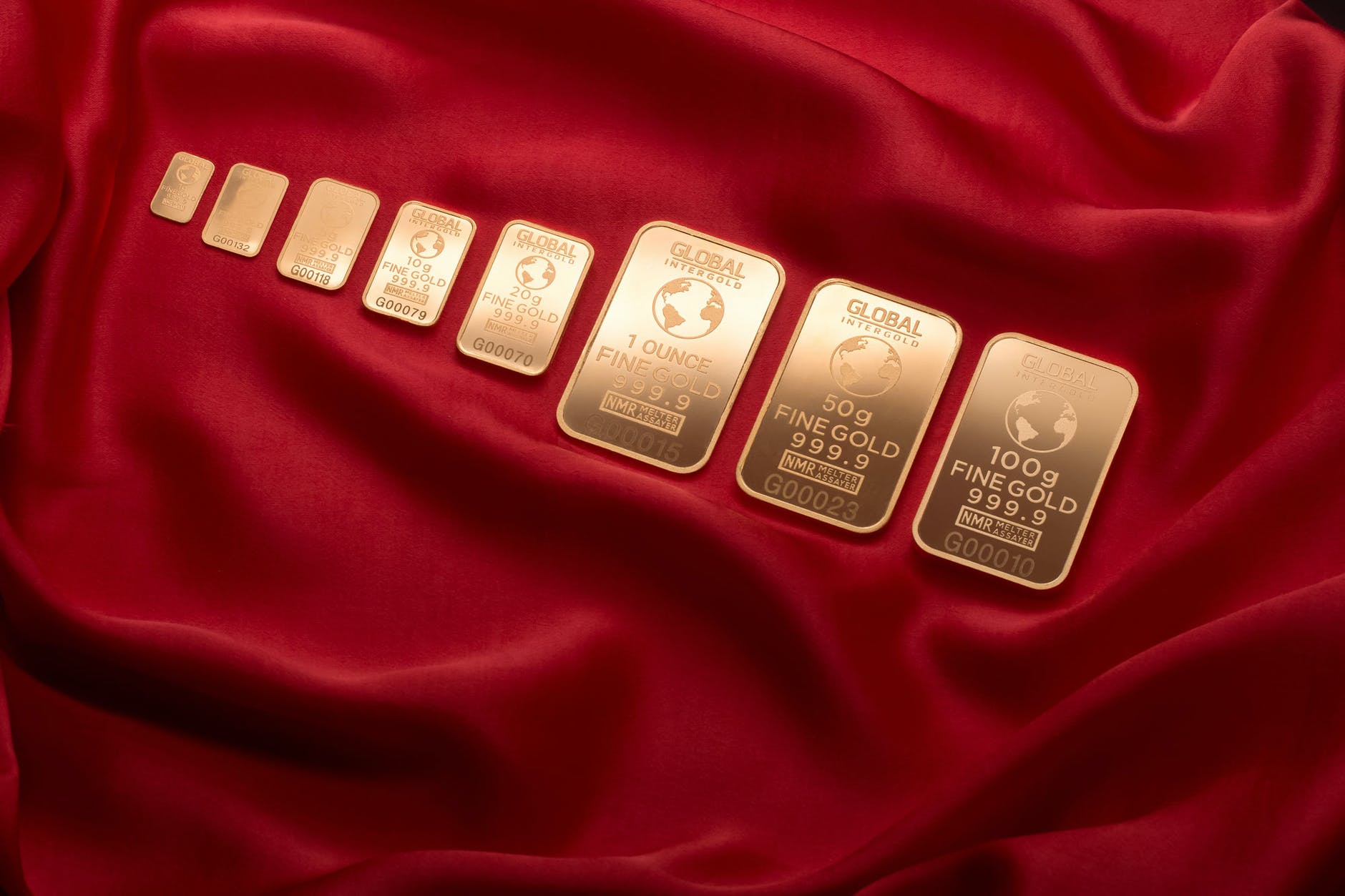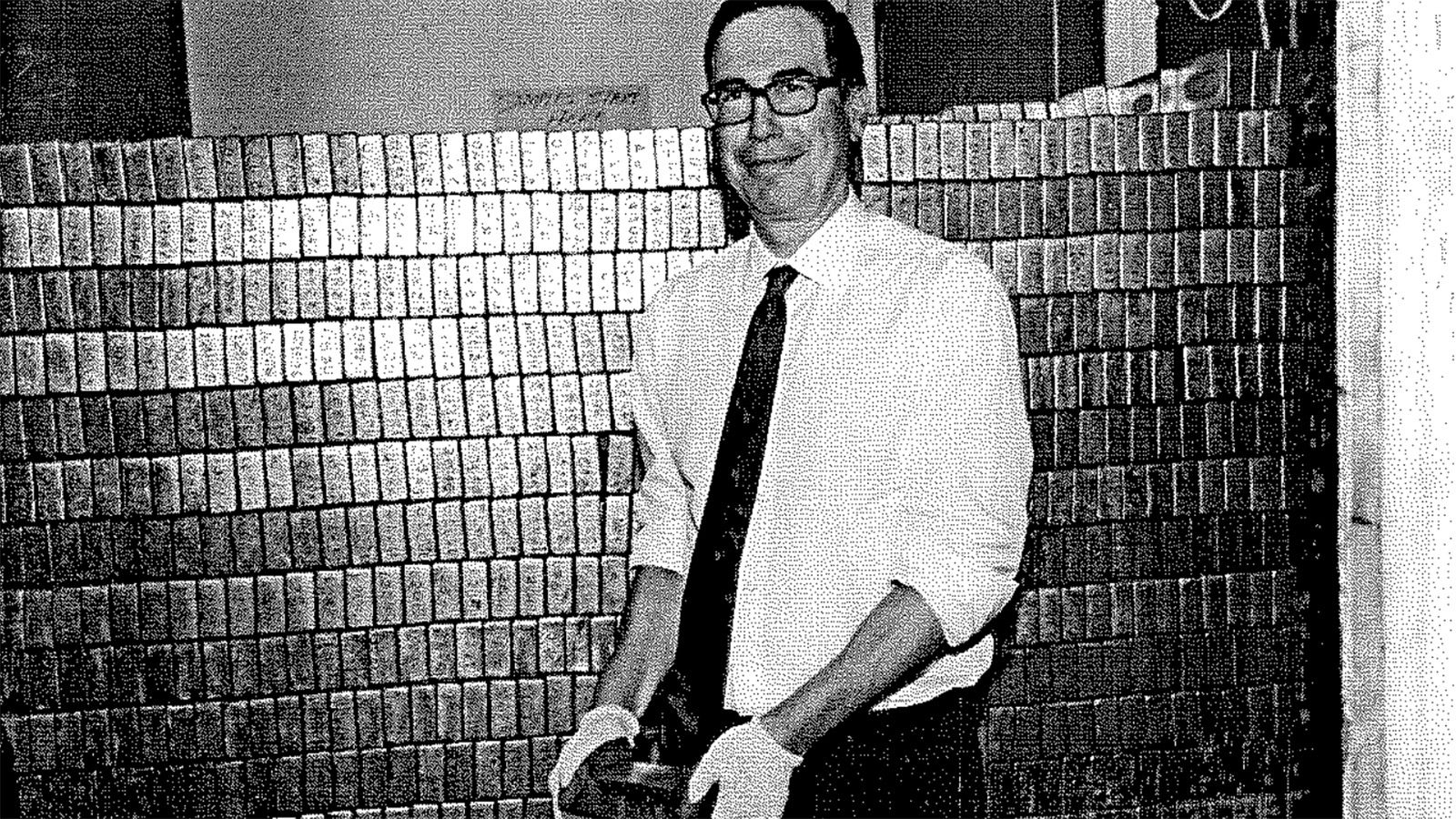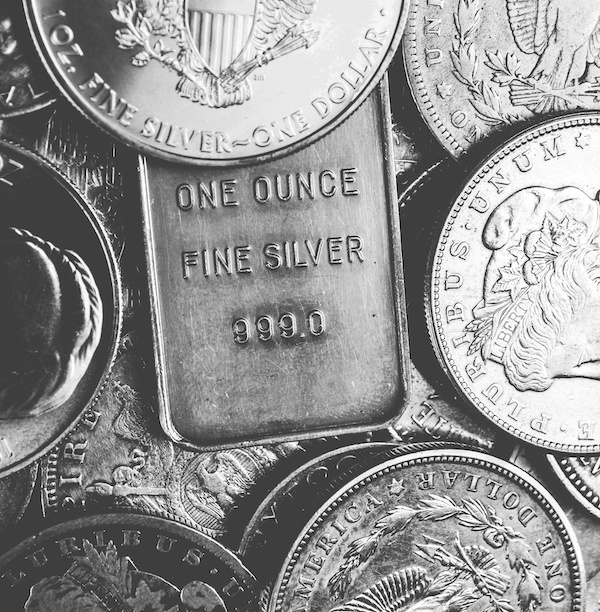The gold price, along with that of other precious metals, is largely driven by commercial bankers and brokers involved in the trading of commodities in various futures markets throughout the world. The three largest gold trading markets are in London, New York and Shanghai.
In the US, we typically track and trade gold based on the New York gold price that is part of the market managed by COMEX and the CME Group. For decades, the price of gold in New York has been heavily manipulated by the large commercial Wall Street banks. This has been well documented in recent years, with many traders from JP Morgan Chase and others having been convicted.
Corruption by members of the LBMA and COMEX and price manipulation on a global scale has been one of the issues brought forth by the BRICS alliance as a leading driver of dedollarization in recent years, which has led to a growing number of local currency trade agreements. These new trade agreements are instead backed by central bank gold reserves and not the petrodollar.
This week, the Shanghai Gold Price topped the $2,100 per ounce resistance, closing the year at a record breaking $2,118.20 per ounce, the highest price per ounce in history.
The Shanghai Gold Exchange is one of the largest physical gold trading exchanges in the world. Established in 2002 in Shanghai, China, it facilitates the trading, clearing, delivery, and storage of gold and other precious metals. The SGE plays a significant role in the Chinese gold market, and has become of the the most influential gold markets globally.
China is a both a major consumer and significant producer of gold. The SGE, being the primary gold trading platform in China, reflects the country’s demand and supply, influencing global market perceptions and, subsequently, prices.
As one of the largest markets for physical gold, the demand and supply dynamics in the SGE can have a ripple effect on global gold prices.
Unlike the New York and London exchanges that trade primarily in paper gold derivatives and futures contracts, the SGE deals largely in physical gold.
This focus on physical gold can lead to different price dynamics compared to markets where paper gold (gold futures and derivatives) is traded.
As gold prices in various markets diverge, more gold miners and refineries are likely to ship more product to markets where they are likely to get a better price. This is likely to lead to further draining of gold from the LBMA and COMEX managed vaults.





